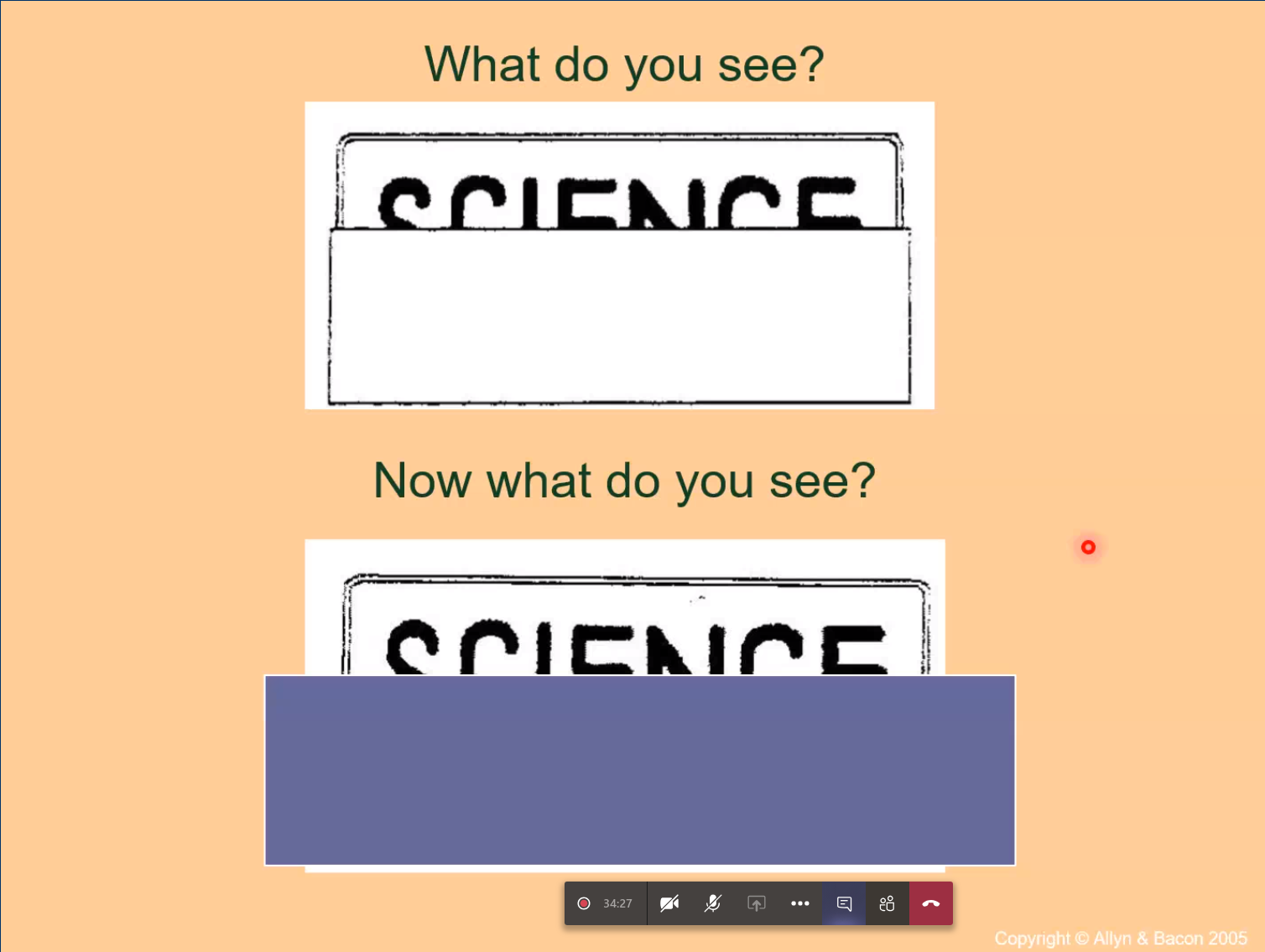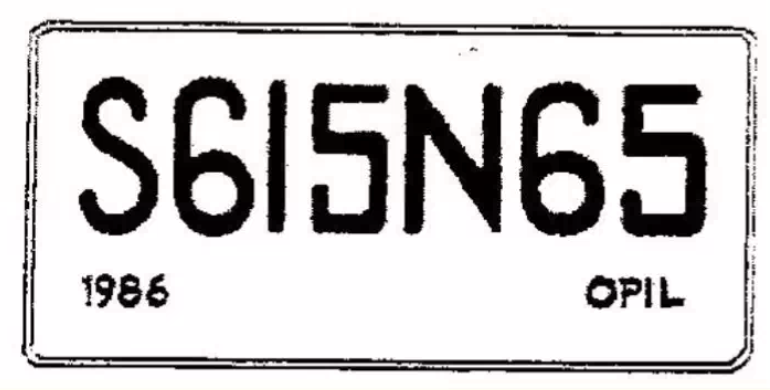Introduction to Cognitive Science
Perception
- Bottom-up processing
-
Looking at information and perceiving based on that
- Top-down processing
-
Expecting a perception and making one to fit.
Example given:

This is top down. Knowing english, we try to make sense of this, and the image makes us initially think it says “science”: it is out top-down knowledge that makes us think this.
This is the actual image:

The computer model of the mind
- People have said that the mind is like a computer.
- Dominant view: the mind is organised such that information is processed accordingly.
What is the computer model?
- Mind is info-processing system
- Computers are: programs operating on symbols
- ???? internet went.
- Mental representations
- These are the symbols that encode information.
- So, thinking about a concept
Pactivates the mental representation of the conceptP
- Mind information processing:
- Perception: Acquiting real time information
- Language Use: ???
- Reasoning: ???
- Action: ???
Marr’s 3 levels of analysis
To understand a phenomenon, understand it at:
- Computation/problem level
- Algorithmic level
- Implementation level
These are all supposed to be independent of each other, and also we don’t need to worry about how the implementation will be done? or something.
Later it was felt that these are not as independent as Marr thought, but they are interacting.
In this view: How to think about cognitive science :
| Language | Vision | Reasoning | Other areas | |
|---|---|---|---|---|
| Task | ||||
| Algorithm | ||||
| Hardware |
Summary
Question: Is computation necessary, or sufficient, to explain all the mental phenomenon? What about consciousness?
It’s a sufficient way to explain phenomenon without giving an explanation for consciousness or something of that sort.
Assignment:
Add a few more names and give justification for why they should be added.